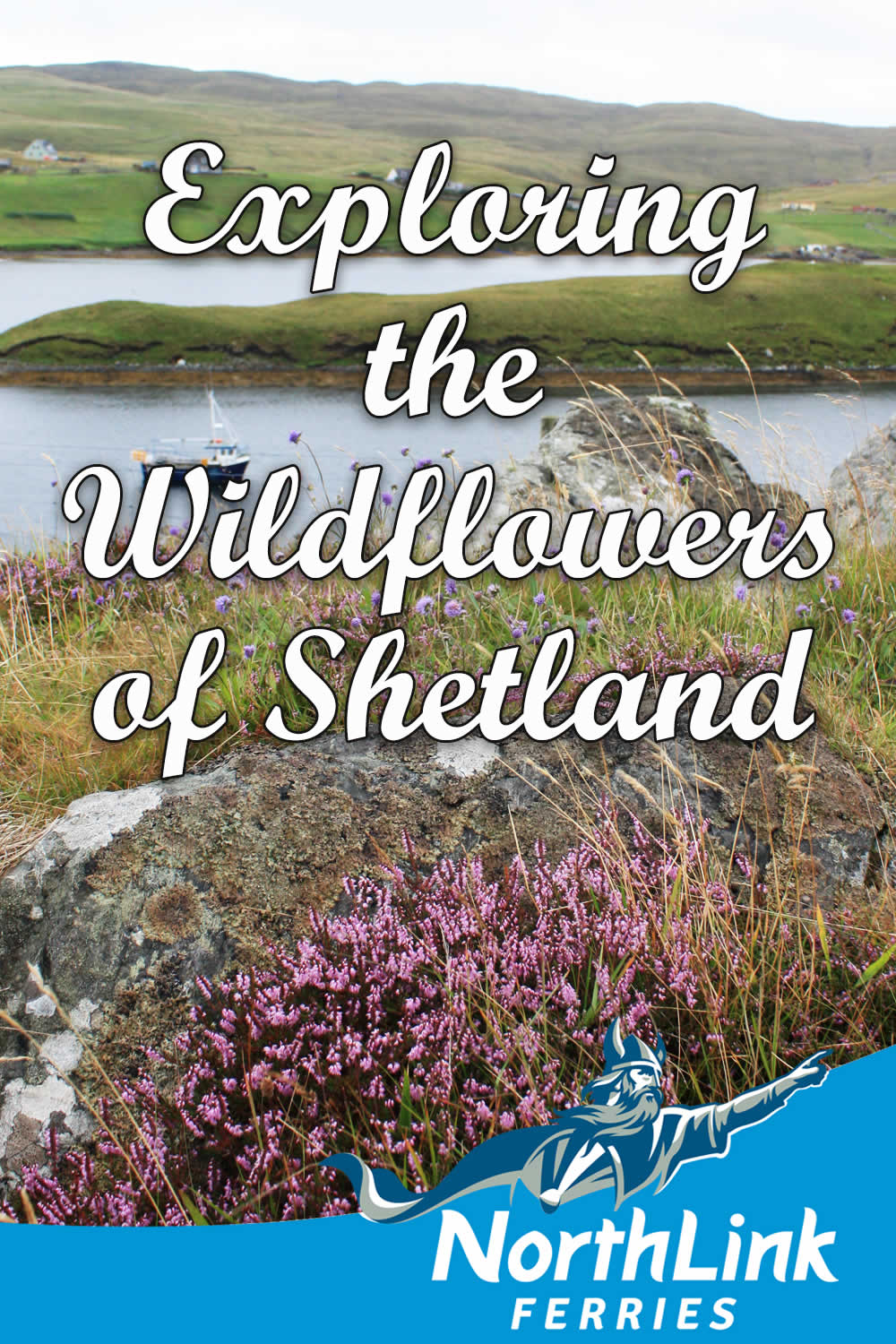Exploring the Wildflowers of Shetland
In the far reaches of the British Isles, where the North Atlantic meets the North Sea, lies the enchanting archipelago of Shetland. Amidst its rugged cliffs and sweeping moors, a tapestry of wildflowers emerges, painting the landscape with vibrant hues and delicate forms. Here we uncover the diverse and captivating world of some of Shetland’s wildflowers.
See also: Exploring the wildflowers of Orkney
The barren expanse of the Keen of Hamar has often been likened to a ‘lunar landscape,’ accentuating the stark beauty of the surroundings where this elusive and prized wildflower blooms.
Sea Mayweed (Tripleurospermum maritimum): Coastal Resilience
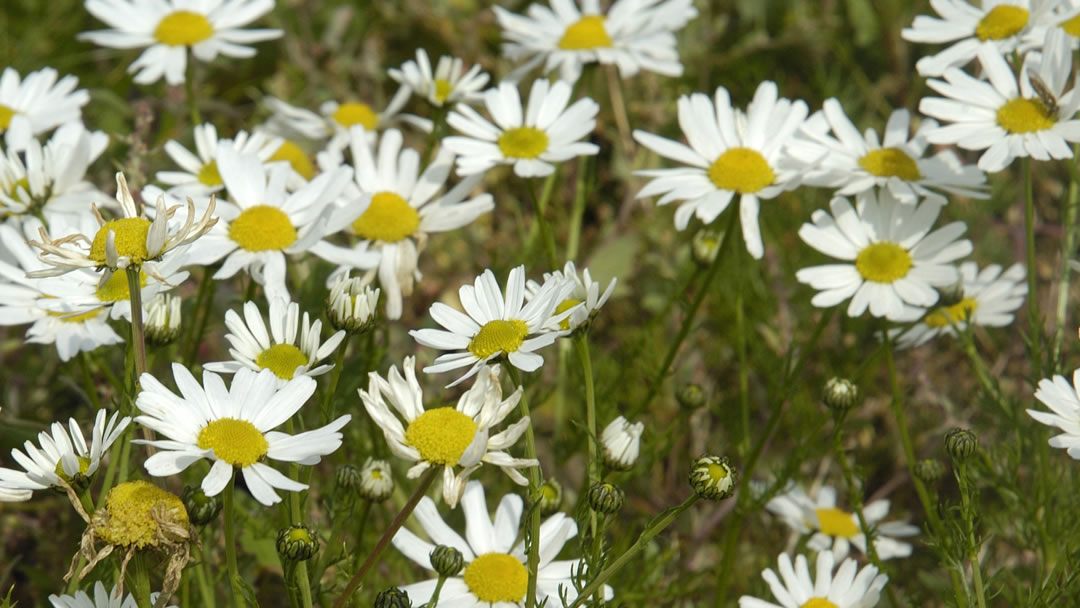
Along Shetland’s shores, Sea Mayweed, distinguished by its white-rayed flower heads, yellow discs, and slender, thread-like leaves stands tall, its white daisy-like flowers a beacon of resilience against the harsh coastal elements. Its presence is a testament to nature’s adaptability showcasing its botanical allure along coastal landscapes.
Best time to see: June – September
Bog Cotton (Eriophorum angustifolium): Ethereal Elegance
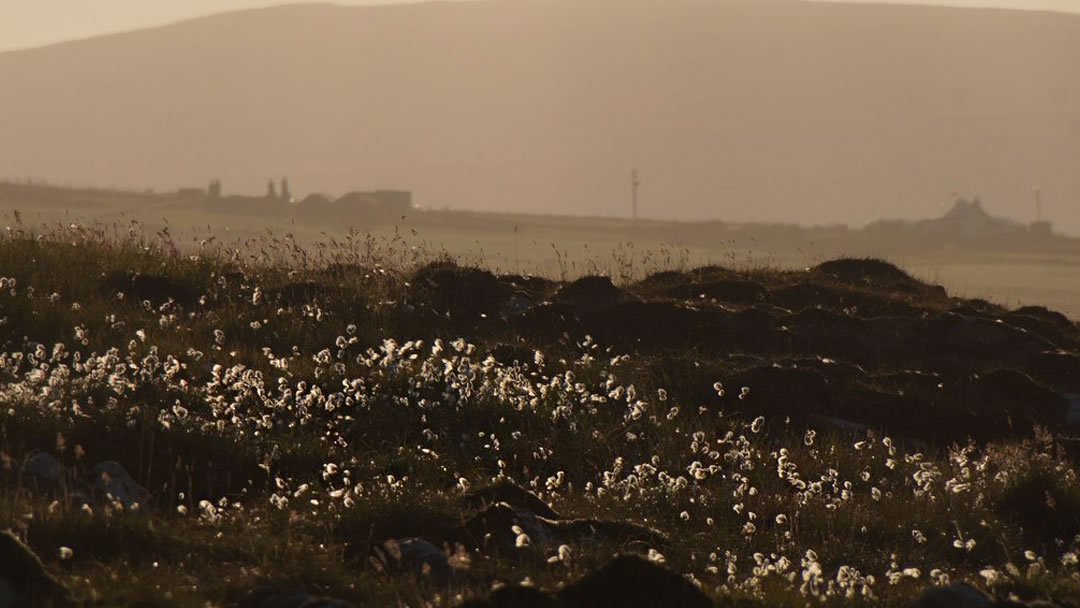
‘Luckaminnie’s Oo‘
In Shetland’s wetlands and moorlands, the fluffy white tufts of Bog Cotton sway gently in the breeze, creating an otherworldly and poetic atmosphere. Also known as Common Cottongrass, the cottony plumes catch the caress of Shetland’s winds, they create an otherworldly spectacle, transforming the moorland into a sea of feathery enchantment.
Best time to see: May – July
Ragged-Robin (Lychnis flos-cuculi): Whispering Petals
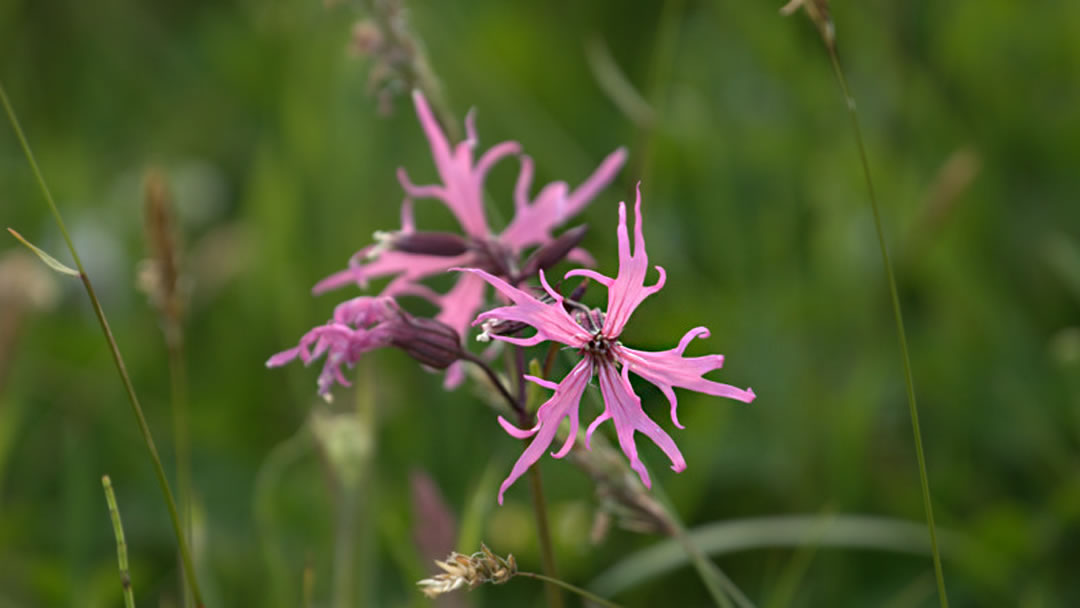
‘Raggy-Willie‘
A captivating wildflower known for its distinctive ragged or deeply lobed petals. Belonging to the carnation family (Caryophyllaceae) the petals have a ragged or tattered appearance, which gives the plant its common name. This wildflower is commonly found in damp meadows, marshes, and other wetland habitats. It thrives in areas with consistently moist soils.
Best time to see: June – August
Bogbean (Menyanthes trifoliata): Aqua Symphony Weaver
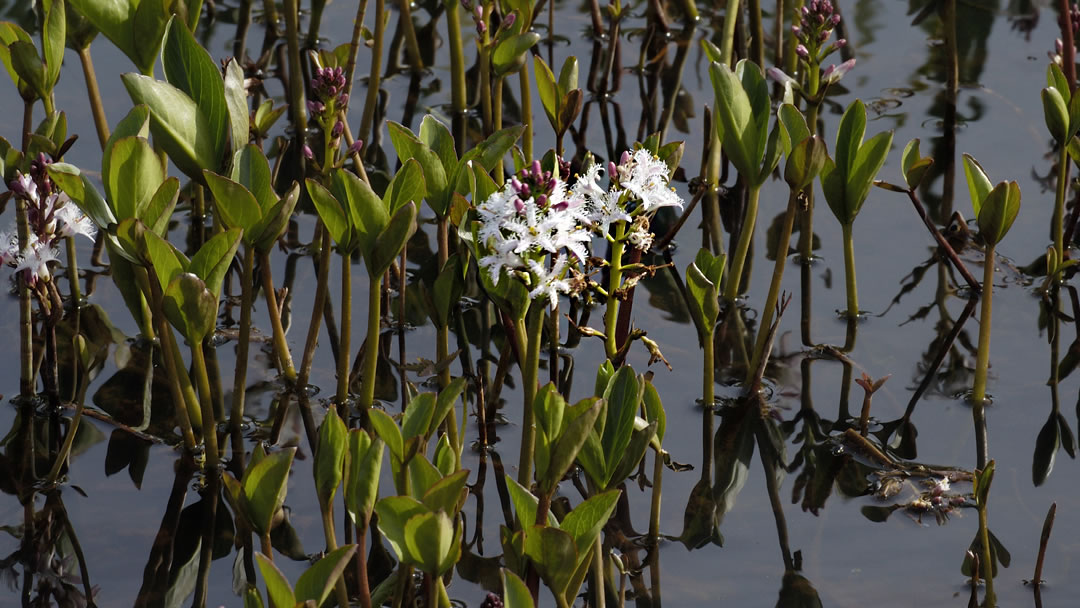
‘Trefold’ or ‘Gulsa girse’
Commonly found in wetland habitats, such as bogs, marshes, and the edges of lakes and ponds. It has a preference for acidic, nutrient-poor soils. It produces clusters of fragrant, white to pale pink flowers. The flowers are star-shaped and very eye catching in appearance.
Best time to see: May – July
Heath Spotted Orchid (Dactylorhiza maculata): Moorland Jewels
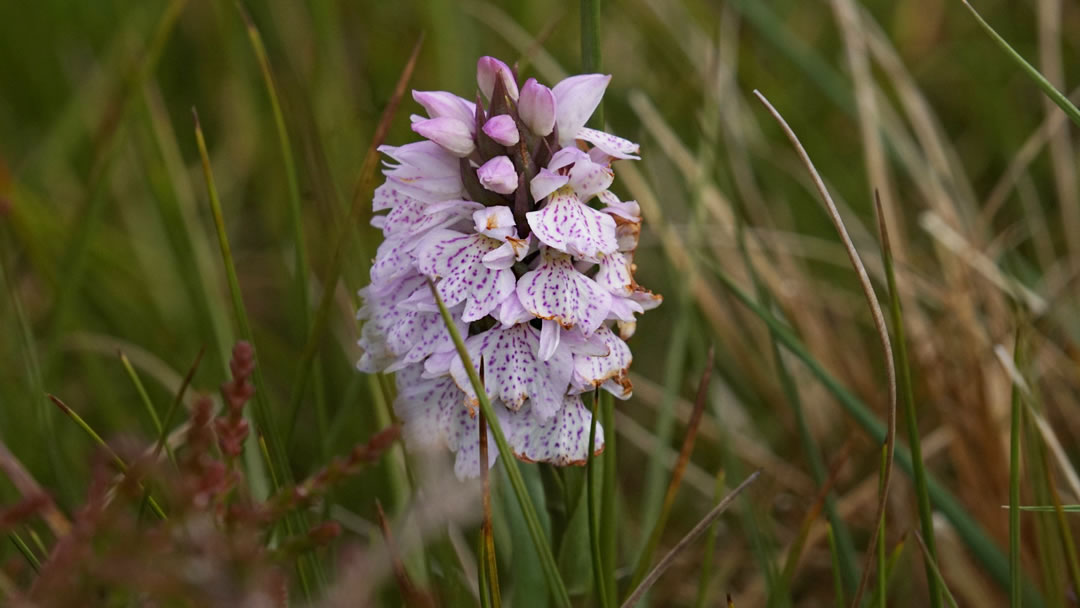
‘Curly-dodies’
Thriving in the moorlands and heathlands, the Heath Spotted Orchid displays stunning variations of pink, creating a mesmerizing display that captures the eye and the heart.
Best time to see: May – August
Meadow Buttercup (Ranunculus acris): Fields of Gold
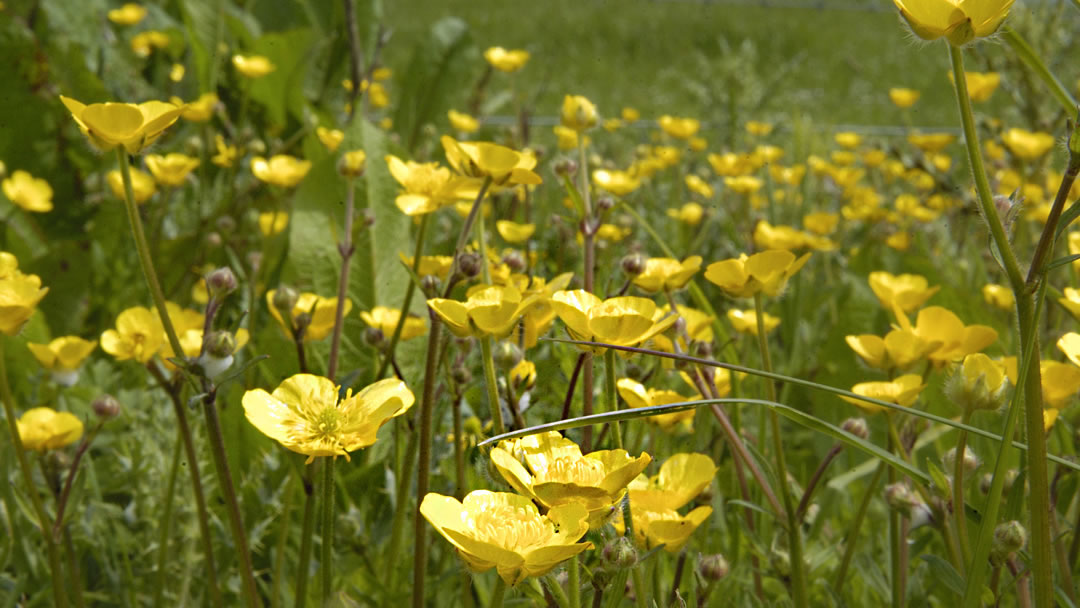
‘Craa Tae’
The bright golden blooms of the Meadow Buttercup carpet the meadows and grassy knolls, casting a warm glow over Shetland’s countryside.
Best time to see: April – August
Bird’s-foot Trefoil (Lotus corniculatus): Nature’s Miniature Bouquets
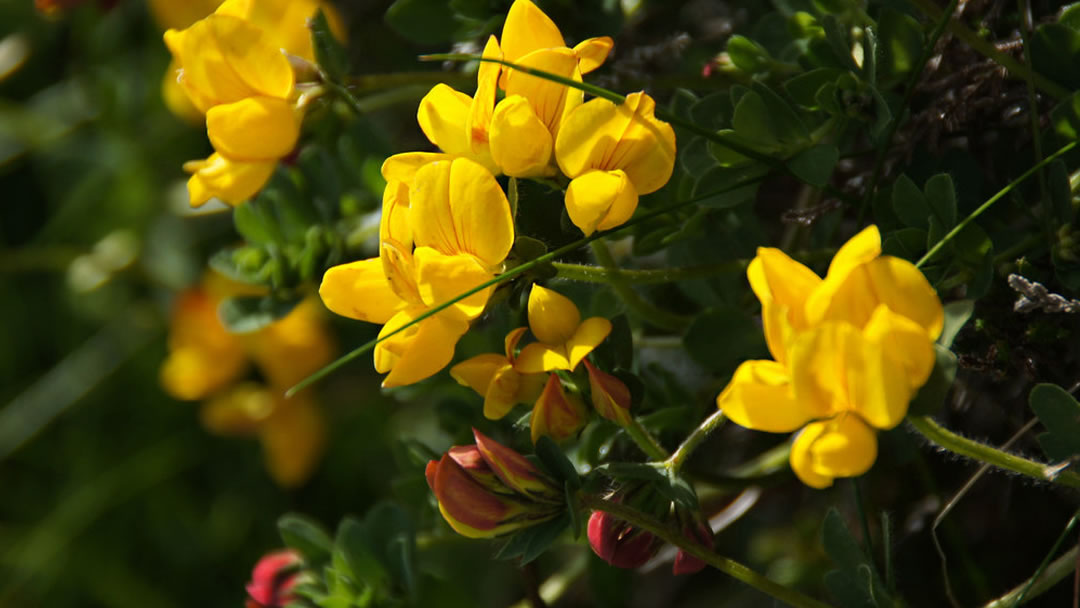
‘Kattikloo’ or ‘da cock-an-da-hen’
Along the roadsides and in grassy patches, the Bird’s-foot Trefoil offers clusters of vibrant yellow blossoms, resembling tiny bouquets scattered by nature’s hand.
Best time to see: May – August
Heather (Calluna vulgaris): A Purple Blanket
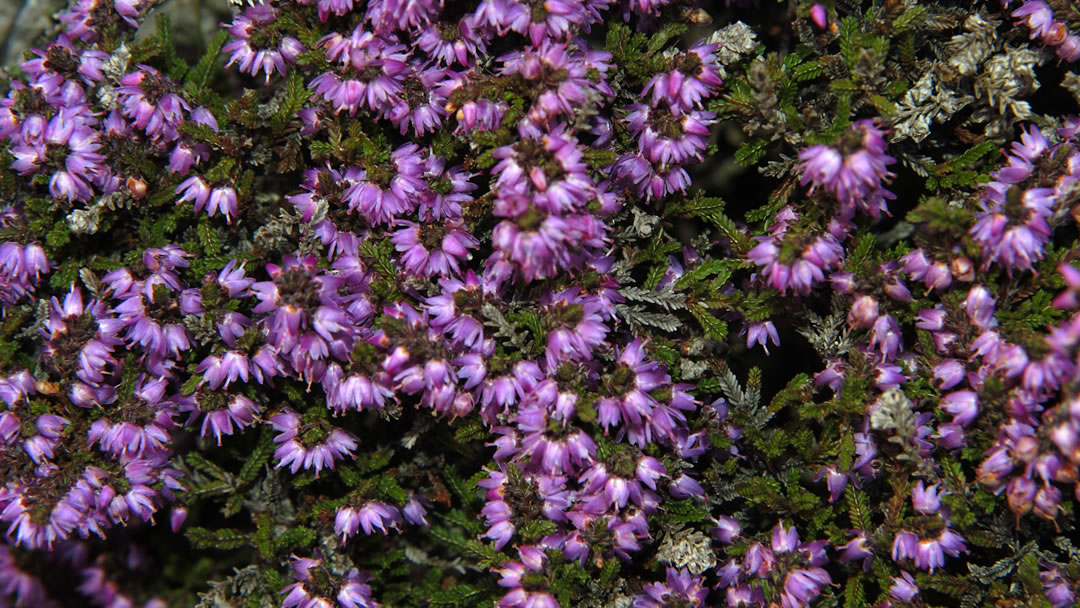
Shetland’s hills and moors are adorned with the vibrant purple blossoms of Heather, creating a breathtaking sea of color that blankets the landscape.
Best time to see: July – September
Sea Campion (Silene uniflora): Ocean Lullaby
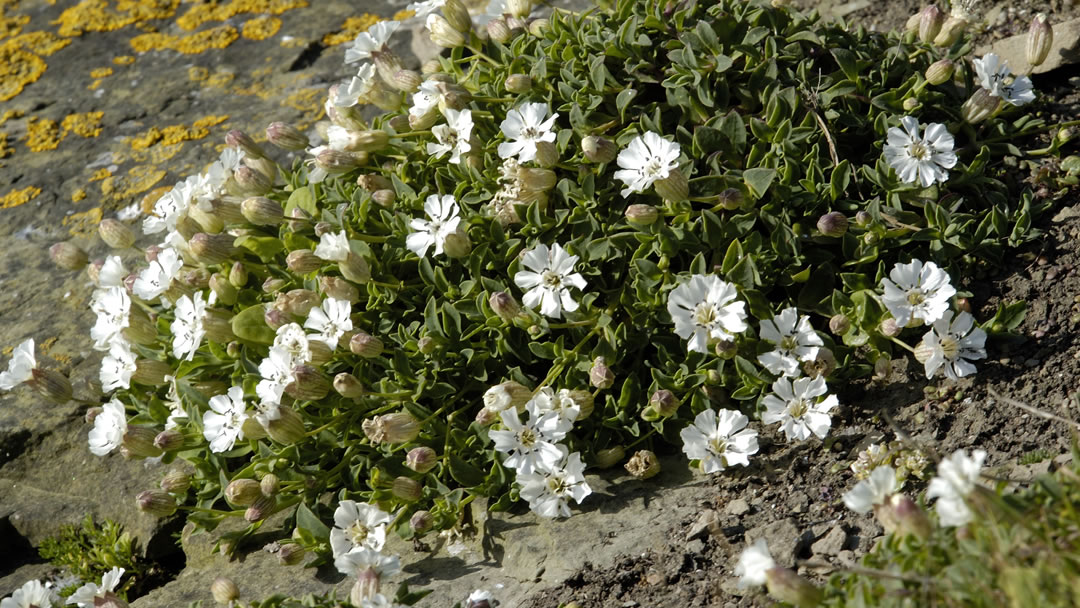
‘Buggiflooer’
a coastal wildflower known for its delicate, white, and often fragrant flowers can be found tucked along the more sheltered coastlines of Shetland. Thriving in spite of nutrient-poor soils, swift drainage, and exposure to fierce winter winds and salty sprays. The low, cushion-like growth helps protect it from wind and harsh weather.
Best time to see: May – August
Edmondstons chickweed (Cerastium nigrescens): Botanical Gem
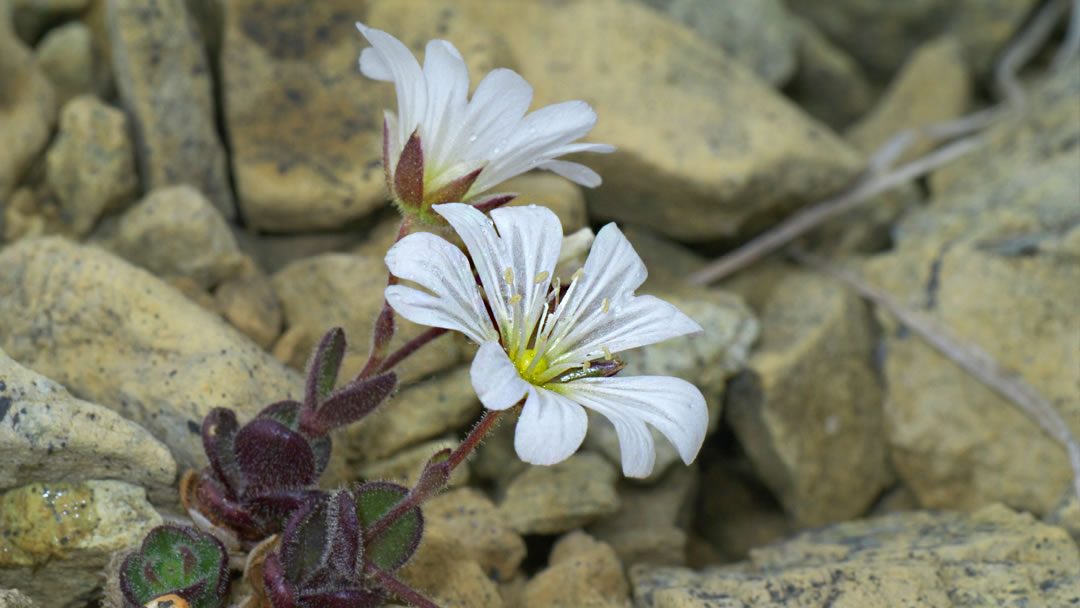
‘Shetland mouse-ear’
Native to the Shetland Islands and named after Thomas Edmondston, a 19th-century naturalist from the island, this chickweed unveils its own tale of resilience in the face of Northern Atlantic gales.
Edmondston’s Chickweed holds a coveted status as the most sought-after flower during the summer months, exclusively thriving in the Keen of Hamar Nature reserve on the most Northerly of the Shetland islands, Unst. This location the sole habitat for this unique plant worldwide. The barren expanse of the Keen of Hamar has often been likened to a ‘lunar landscape,’ accentuating the stark beauty of the surroundings where this elusive and prized wildflower blooms.
Best time to see: May – July
The wildflowers of Shetland are not merely botanical wonders; they are whispers of nature’s artistry, a testament to the resilience and beauty that thrive in this remote corner of the world. As we wander through Shetland’s moors, along cliff edges, and through ancient ruins, let us pause to appreciate the delicate blooms that bring life to the landscape. They are not just flowers; they are living poetry, an ode to nature’s enduring grace in this captivating archipelago.
 By Victoria Dixon
By Victoria DixonOrkney and Shetland fanatic, likes to capture life through a lens, loves creating, eclectic taste in music, enjoys being a Mum; would secretly love to be a star of the West End!
Pin it!